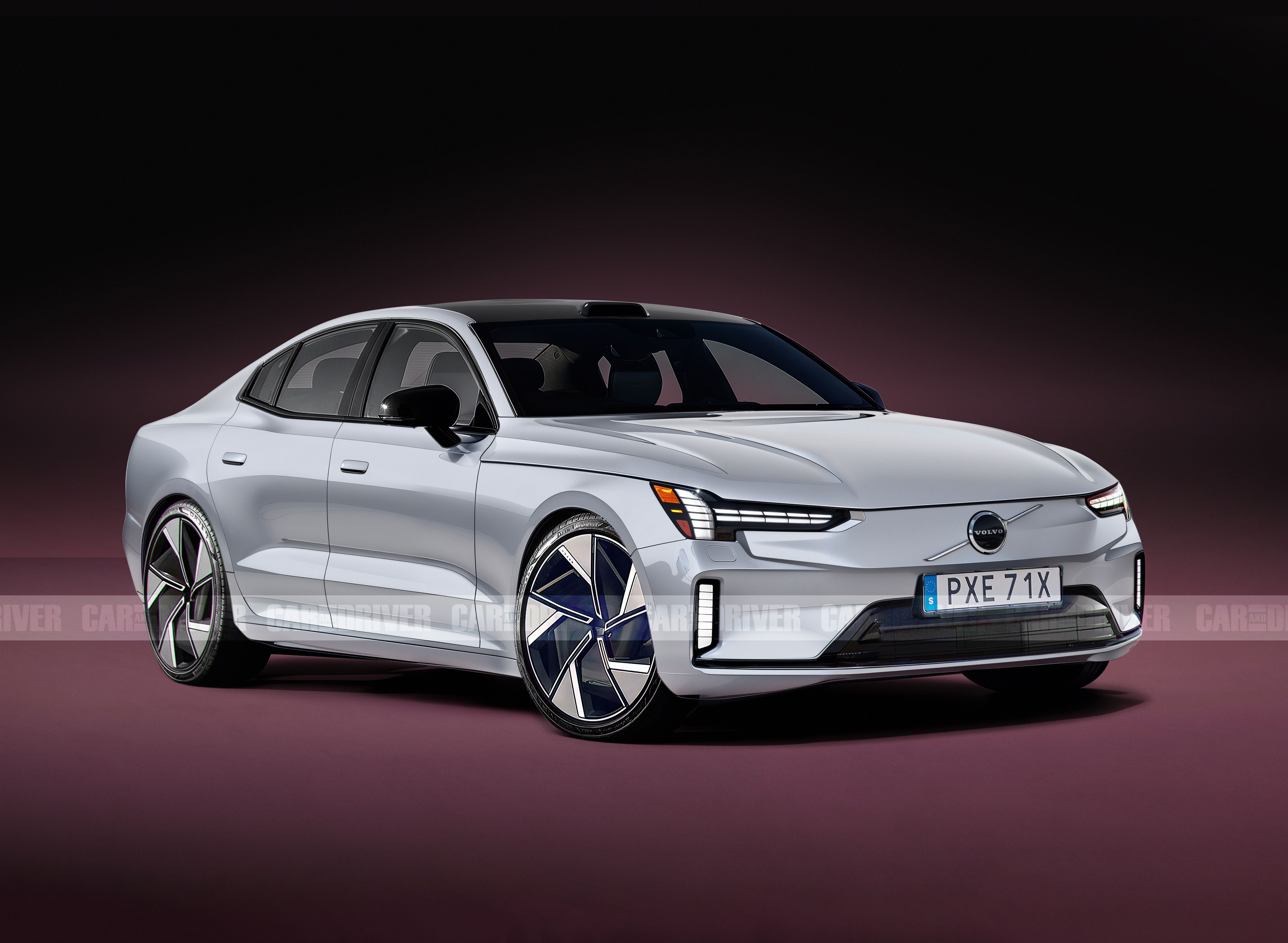
Volvo has unveiled its latest electric luxury sedan, the ES90, which is set to redefine automotive computing power and safety standards. Equipped with a dual NVIDIA DRIVE AGX Orin supercomputer configuration, the ES90 boasts the capability to perform 508 trillion operations per second, positioning it as the most computationally advanced vehicle in Volvo’s lineup.
This monumental processing capacity enhances the vehicle’s artificial intelligence-based safety features, sensor integration, and battery management systems. The ES90 is built upon Volvo’s Scalable Product Architecture 2 and utilizes the innovative Superset tech stack—a modular engineering platform designed to facilitate continuous improvements through over-the-air software updates.
The integration of the dual NVIDIA DRIVE AGX Orin system marks an eightfold increase in AI computing performance compared to previous models equipped with the DRIVE AGX Xavier. This advancement allows Volvo to expand its deep learning models and neural networks from 40 million to an impressive 200 million parameters over time, significantly enhancing the vehicle’s ability to process complex data and make real-time decisions.
Anders Bell, Volvo’s Chief Engineering and Technology Officer, emphasized the company’s commitment to innovation, stating, “The Volvo ES90 is one of the most technically advanced cars on the market today and is designed to be improved further with time. Built on our state-of-the-art Superset tech stack, the ES90 puts safety at the forefront.”
The Superset tech stack not only underpins the ES90 but is also slated to be the foundation for all of Volvo’s next-generation vehicles. This platform enables seamless integration of advanced systems and ensures that vehicles remain up-to-date with the latest technological advancements without requiring physical modifications.
Volvo’s strategic partnership with NVIDIA has been pivotal in achieving these technological milestones. The collaboration leverages NVIDIA’s expertise in AI and computing hardware to develop vehicles capable of processing vast amounts of data swiftly and efficiently. This capability is crucial for implementing advanced driver assistance systems and paving the way for future autonomous driving functionalities.
The ES90’s advanced computing power also plays a critical role in enhancing safety features. The vehicle is equipped with a comprehensive array of sensors, including lidar, cameras, radars, and ultrasonic detectors, all of which feed data into the central computing system. This setup enables the ES90 to monitor its surroundings meticulously, predict potential hazards, and execute preventive measures to avoid accidents.
In addition to safety, the ES90’s AI capabilities extend to optimizing battery performance and energy efficiency. The system continuously analyzes driving patterns, environmental conditions, and energy consumption to make real-time adjustments, ensuring that the vehicle operates at peak efficiency and extends its driving range.
The introduction of the ES90 signifies a significant step forward in Volvo’s vision of producing software-defined vehicles that improve over time. The ability to receive over-the-air updates means that the ES90 can adapt to new technologies, regulations, and customer preferences without necessitating a visit to a service center.
This approach not only enhances the customer experience but also aligns with Volvo’s commitment to sustainability. By extending the lifespan and relevance of their vehicles through continuous software enhancements, Volvo aims to reduce the environmental impact associated with manufacturing new vehicles.
The ES90 is set to make its public debut on March 5, with industry analysts anticipating that it will set new benchmarks for AI integration and safety in the automotive sector. As the industry moves towards more intelligent and autonomous vehicles, the ES90 exemplifies how cutting-edge technology can be harnessed to deliver safer, more efficient, and continually evolving transportation solutions.
Volvo’s commitment to integrating advanced AI systems and maintaining a focus on safety reflects a broader trend in the automotive industry, where traditional car manufacturers are increasingly embracing technology to meet the evolving demands of consumers and regulatory bodies. The ES90 stands as a testament to this shift, showcasing how innovation and tradition can converge to create vehicles that are both technologically advanced and inherently safe.


